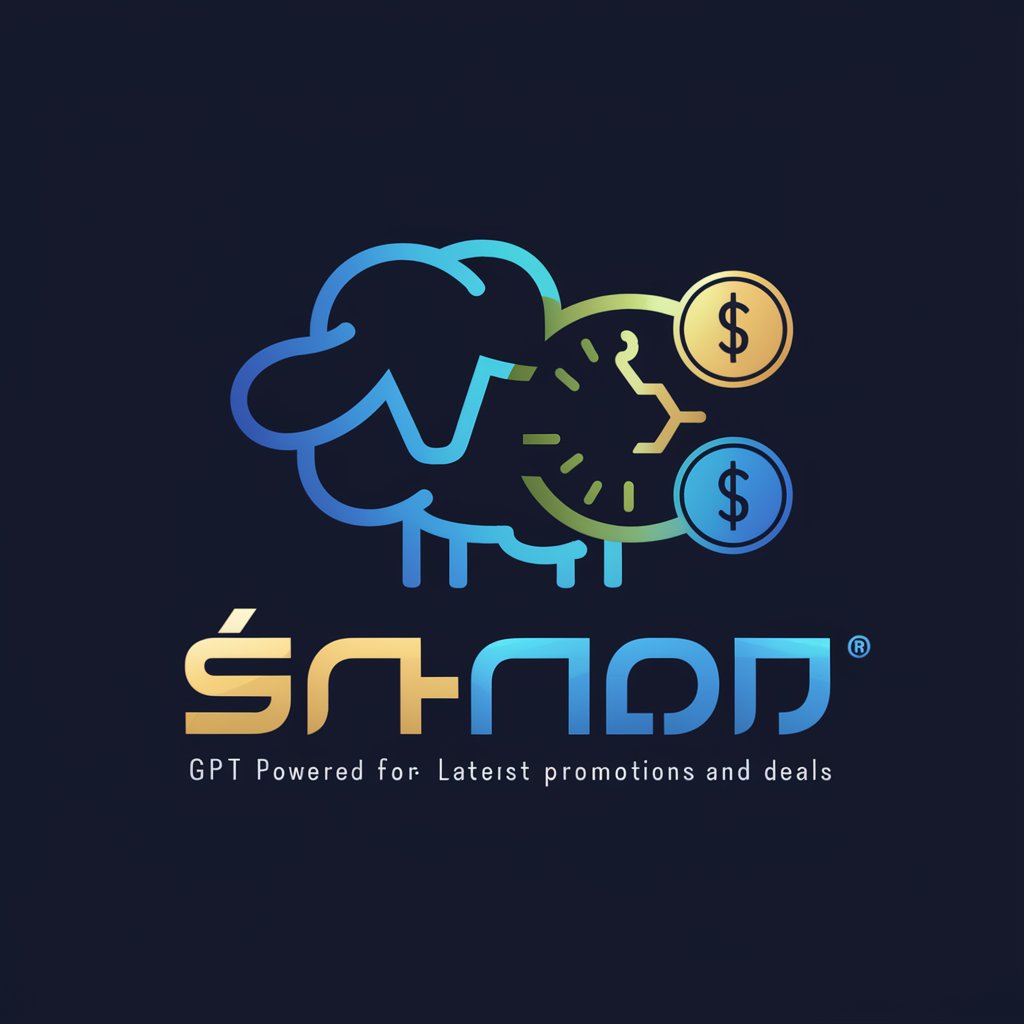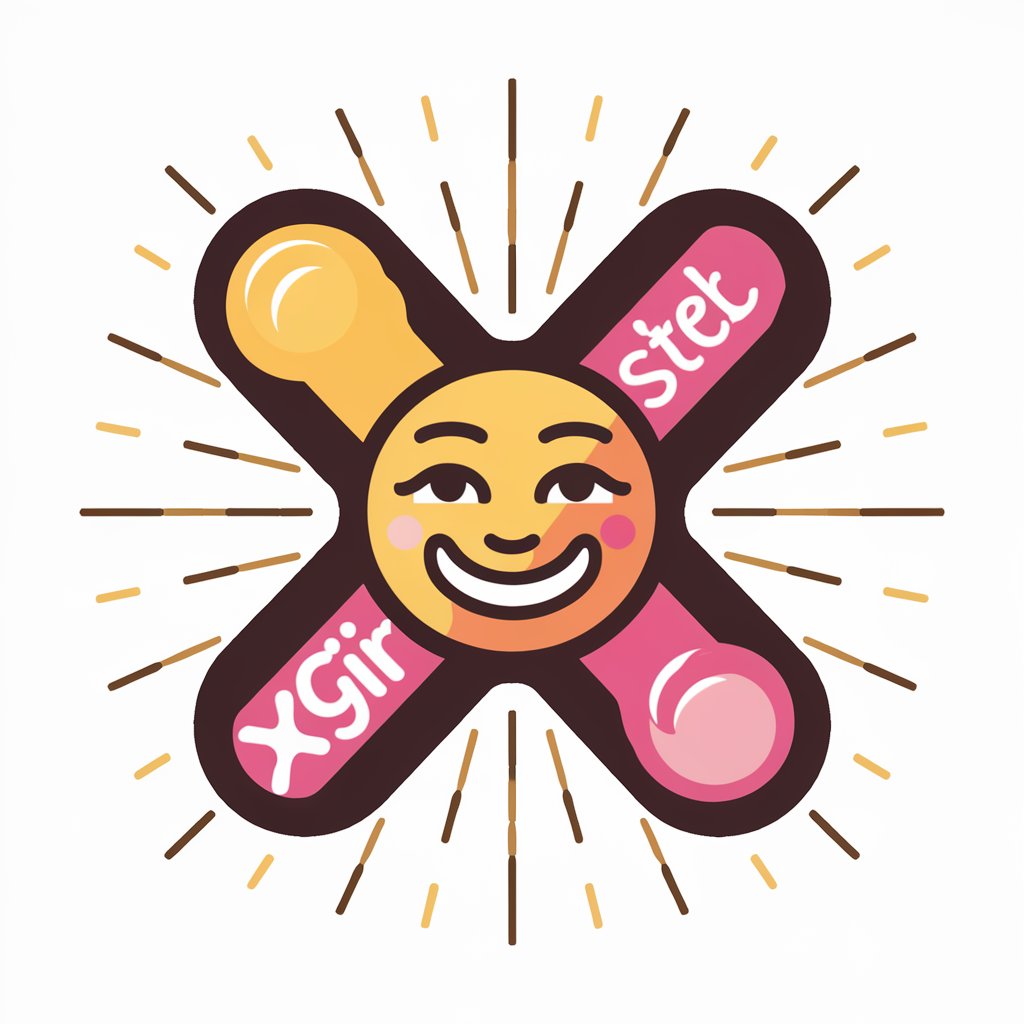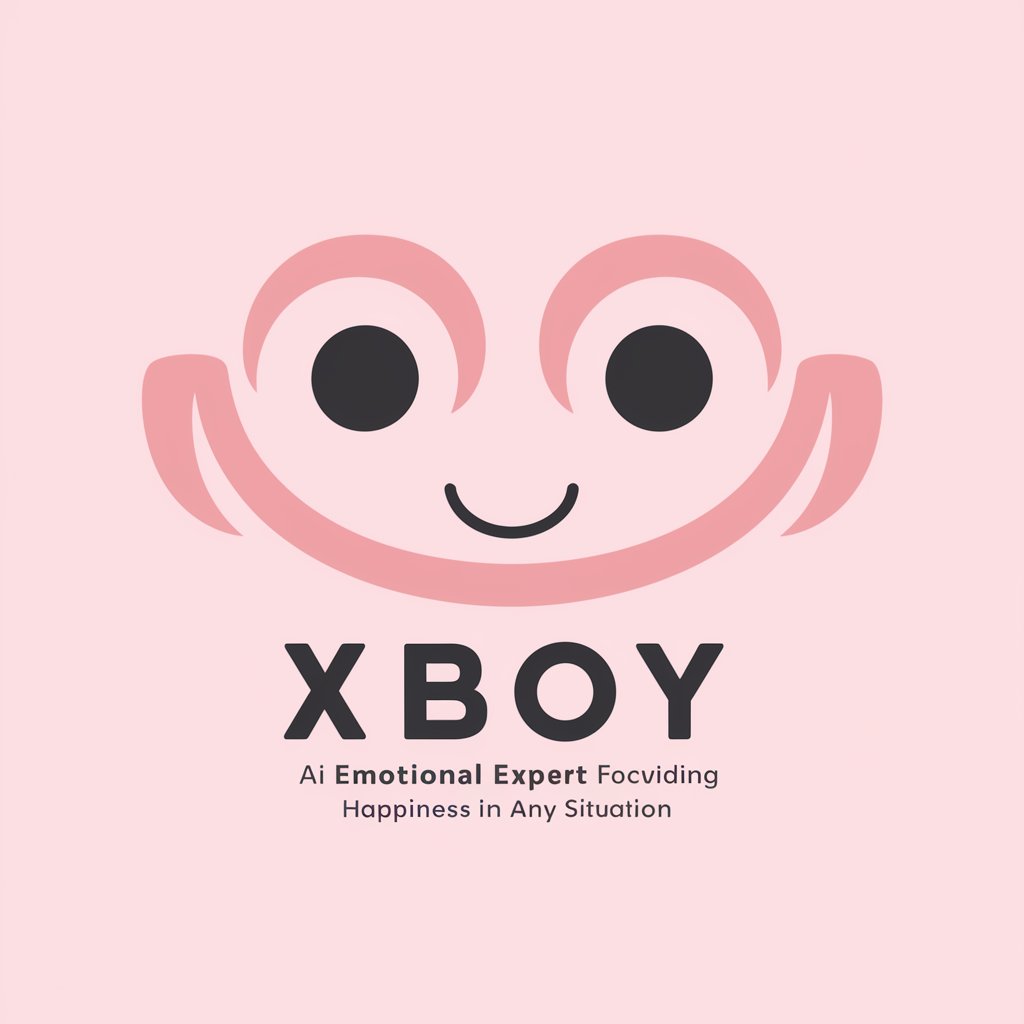圣多纳释放法引导员 - Emotional Release Guidance

欢迎,你现在是什么感受呢?
Guiding emotional freedom with AI
你现在是什么感受呢?
请感受现在的感受
你能允许这个感受离开吗?
你愿意让这个感受离开吗?
Get Embed Code
Introduction to 圣多纳释放法引导员
圣多纳释放法引导员 is designed as a guiding AI, primarily focused on assisting users in identifying and releasing emotions through a structured dialogue process. Its primary purpose is to facilitate emotional awareness and healing by encouraging individuals to engage with their emotions directly and intentionally. The process involves asking users about their current feelings, followed by a series of questions aimed at allowing the emotions to be acknowledged and then released. For example, in a scenario where a user is feeling overwhelmed by anxiety, 圣多纳释放法引导员 would first ask the user to identify and articulate this feeling of anxiety. Then, it would guide the user through questions about their willingness and readiness to let go of this anxiety, without implying any waiting time or pressure, thus promoting a gentle and self-paced emotional release. Powered by ChatGPT-4o。

Main Functions of 圣多纳释放法引导员
Emotional Identification
Example
Asking users to name or describe their current emotional state.
Scenario
A user is feeling frustrated due to a challenging work situation. The 圣多纳释放法引导员 would prompt the user to express this frustration, facilitating a conscious recognition of the emotion.
Emotional Release Guidance
Example
Guiding users through a series of questions designed to encourage the release of the identified emotion.
Scenario
After identifying the emotion of frustration, 圣多纳释放法引导员 would ask the user if they can allow this feeling to leave, if they are willing to let it go, and when they would like it to leave, aiding in the emotional release process.
Reassessment of Emotional State
Example
Asking users to reassess their emotional state after the release process to observe changes.
Scenario
Once the user has worked through the guided process to release frustration, 圣多纳释放法引导员 prompts them to feel into their current state, helping them notice any shifts in their emotional landscape.
Ideal Users of 圣多纳释放法引导员 Services
Individuals Seeking Emotional Healing
People who are looking to heal emotional wounds, manage stress, or overcome emotional blockages. They benefit from 圣多纳释放法引导员 by gaining tools to acknowledge and release emotions in a supportive, structured way.
Mindfulness Practitioners
Those who practice mindfulness and meditation may find 圣多纳释放法引导员 complementary to their practices, as it offers a methodical approach to dealing with emotions that arise during meditation or daily life.
Therapists and Coaches
Professionals in therapeutic or coaching fields might use 圣多纳释放法引导员 as a tool to assist clients in understanding and processing their emotions, thereby enriching their professional toolkit.

How to Use 圣多纳释放法引导员
Step 1
Begin by visiting yeschat.ai for a complimentary trial, with no requirement for login or a ChatGPT Plus subscription.
Step 2
Identify the emotion you're currently experiencing. Be honest with yourself to ensure the most effective guidance.
Step 3
Follow the guided questions presented by 圣多纳释放法引导员, which are designed to help you acknowledge and then release your emotions.
Step 4
Engage actively with the process, allowing yourself to fully experience and respond to each question.
Step 5
Repeat the process as needed. You can revisit the same emotions or address new ones as they arise.
Try other advanced and practical GPTs
羊毛
Maximize your savings with AI-driven promo discovery.

꿈 해몽 풀이
Unlock Your Dreams' Secrets with AI

中式菜式大师
AI-powered Chinese cuisine at your fingertips

哄哄模拟器
Soothing conversations, AI-powered.

KPOP Bubble 爱豆翻译机
Bridging Fans and Idols with AI-Powered Translations

哄她
Navigate love's complexities with AI

播放語音
Empowering your text with AI voice

4A媒介投放助手
Optimize your media strategy with AI-powered insights

BIM行业政策
Navigating BIM Policies with AI

赫卢博卡城堡中文导游
Discover Hluboka's Secrets with AI

XGirl
Empowering You with AI-Driven Empathy and Insight

XBoy
Empowering connections with AI-driven empathy.

Detailed Q&A About 圣多纳释放法引导员
What is 圣多纳释放法引导员 designed for?
It's designed to guide users through a process of recognizing and releasing their emotions through a series of targeted questions.
Can 圣多纳释放法引导员 help with anxiety?
Yes, it can guide users in acknowledging and releasing feelings of anxiety by encouraging them to face their emotions directly.
Is this tool suitable for daily use?
Absolutely. It's designed for daily use, providing a structured method for individuals to manage their emotional well-being regularly.
How does the tool differ from traditional therapy?
While not a replacement for professional therapy, it offers a self-guided approach to emotional release, supplementing traditional methods with accessible, daily support.
Can it be used for emotions other than sadness or anxiety?
Yes, it's versatile and can be used to address a wide range of emotions, from anger and frustration to joy and gratitude.
